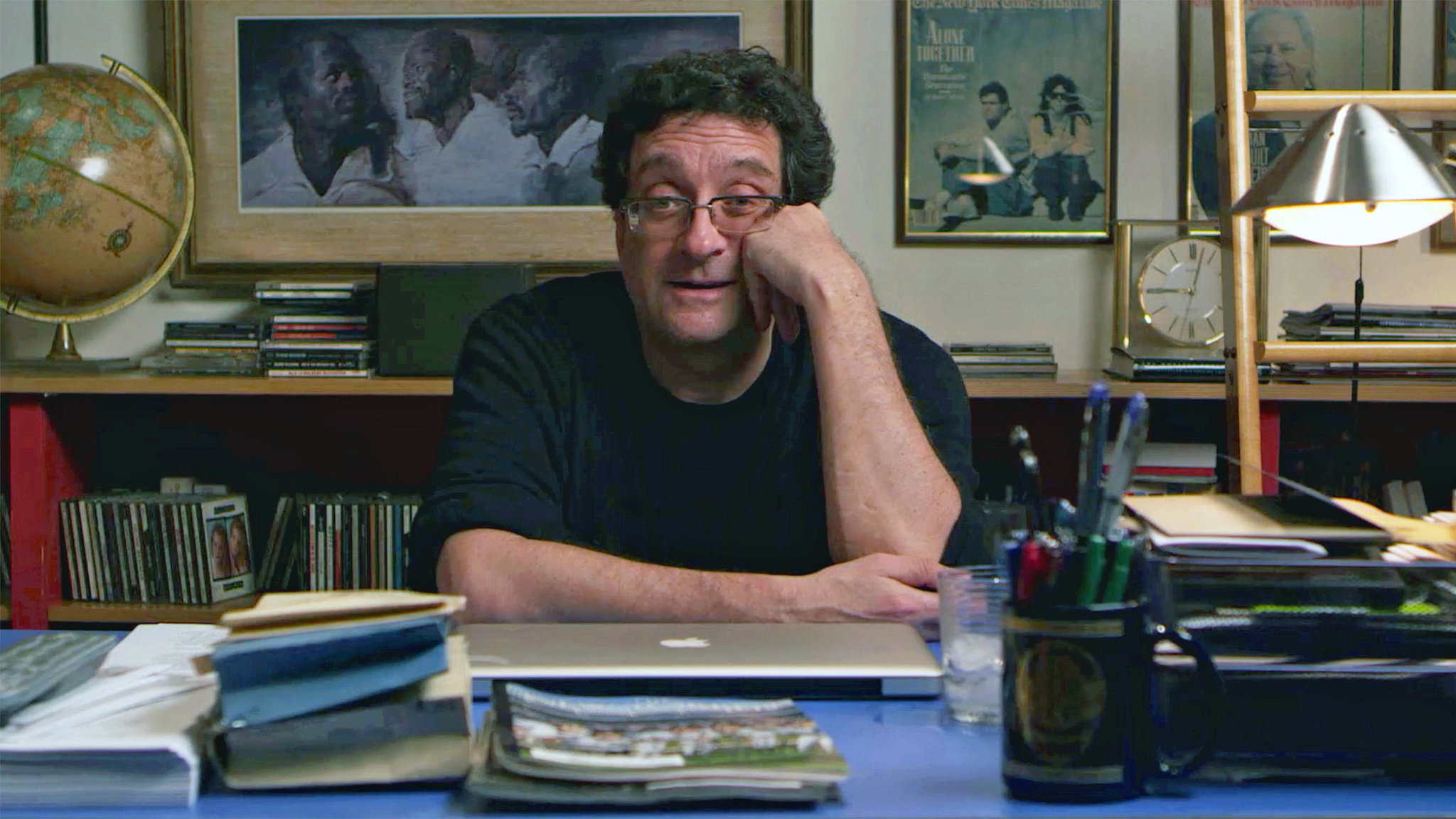New Documentary ‘Obit’ Follows the Team That Writes Death Notices for The Times
As a reviewer, I wouldn’t blame readers if this section weren’t the first thing they turned to in their newspapers. It is, after all, some distance from the obituaries, and priorities are priorities. Perhaps, they too are inclined to read the obits as soon as possible, even to the point of bypassing the front page — unless of course it carries a piece about somebody famous who died, unexpectedly or not.
Why? One reason is primal: We keep nervous, vigilant watch over our mortality and an expedient means for us to mark time is to keep up on who among the prominent, or even casually known, has checked out for good. The second reason is aesthetic preference. I’m not a salaried employee of The New York Times, so I’m allowed to say here that some of the finest writing in daily journalism can be found on The Times’s obituary pages. Their consistent quality is an enduring legacy of the paper’s former chief obit writer Alden Whitman (1913-1990), whose thoroughly researched, elegantly written biographical essays about the great and near-great between 1964 and 1976 helped set a higher professional standard while enhancing the reputation of a trade once considered a training ground for novice reporters or a vocational graveyard (so to speak) for staff members sliding toward retirement.
Whitman’s name doesn’t come up in Vanessa Gould’s “Obit,” a documentary about The Times’s necrology team at work. Nonetheless, her film carries many of Whitman’s virtues and those of his successors. It is modest, observant, graceful and nonchalantly witty. Beneath bright newsroom lighting, cameras peer avidly over the shoulders of writers and editors as they work to meet deadlines, assemble facts and obtain perspective on the recently deceased.
Somehow — and this may be the movie’s most impressive feat — “Obit” shapes the tension and tedium of the writing process itself into engaging narrative drama as it lets us watch the veteran writer Bruce Weber assemble a 2014 obituary of William P. Wilson, a media consultant who provided vital cosmetic and staging tips to the 1960 Democratic presidential candidate John F. Kennedy before his first televised debate with Richard M. Nixon.
Mr. Weber’s approach to assembling Wilson’s life story, from a gently inquisitive phone call to the bereaved (we hear only his side of the conversation) to the final rush to make deadline is interspersed with scenes of others at work, notably Paul Vitello, who on that same day is pressed as hard as Mr. Weber to pull together a piece about another 1960s media notable, the advertising executive Dick Rich, who became an industry legend for his classic TV campaigns for Benson & Hedges cigarettes and Alka-Seltzer.
Meanwhile, as has become obligatory in the documentary subgenre “How The New York Times Does Stuff” (see “Wordplay” from 2006 and “Page One” from 2011), “Obit” lets us eavesdrop on conferences among the department’s editor, William McDonald, and his fellow editors Jack Kadden and Peter Keepnews about whose death deserves the Times treatment, how much space it should get and where it should be placed.
The selection process proves as delicate and nuanced as the writing itself. It is, as the movie asserts, a no-brainer for the paper of record to go big and hard with, say, the 1982 death of the Soviet Communist Party leader Leonid I. Brezhnev. But the 2008 death of Betty James, who came up with the name Slinky for a toy, is just as consequential to the world’s memory and merits substantial, if less spacious, commentary.
The range of what The Times considers interesting enough for an obituary accounts for what has made those pages so captivating every day. Mr. Weber, Mr. Vitello and fellow obit writers Margalit Fox, William Grimes and Douglas Martin are as amusing about as they are amused by some of their subjects, whether it was Manson Whitlock, one of the last typewriter repairmen, who died at 96 in 2013, or Meadowlark Lemon, the seemingly indestructible clown prince of the Harlem Globetrotters, who died at 83 in 2015. Usually, the writers are prepared for these passings with obits prepared in advance. But there are times, Michael Jackson’s sudden death in 2009 being one example, when they’re not as prepared and both the stakes and the pressure are ramped up.
Whoever the deceased are and at whatever time they go, writers and editors at The Times will always have a morgue to rely on, a vast archive of articles clipped from past issues of the newspaper. Its custodian, Jeff Roth, comes across in “Obit” as a droll, mildly frantic version of a Jorge Luis Borges character holding inscrutable dominion over a vast, seemingly impenetrable labyrinth of arcana. One comes away somehow trusting Mr. Roth and his compacted resources far more than the internet. And one comes away from “Obit” grateful that the paper has at its disposal a team of humane, gifted people who make commemorating the dead a lively, lasting art.




